In 1711, Hans Egede, a Dutch-Norwegian Lutheran missionary, heard some stories about the old Vikings that went to colonize the island of Greenland.
Besides the stories about how they arrived and settled there and how they traded with Europe, nothing was heard about them for almost 200 years.
Egede had some theories; they either remained Catholic after the Danish Reformation happened, or lost their Christianity and assimilated with the native Inuit population of the island.
Intrigued about their destiny, he decided to ask Christian IV of Denmark for permission to establish a mission on Greenland and find out what happened to them.
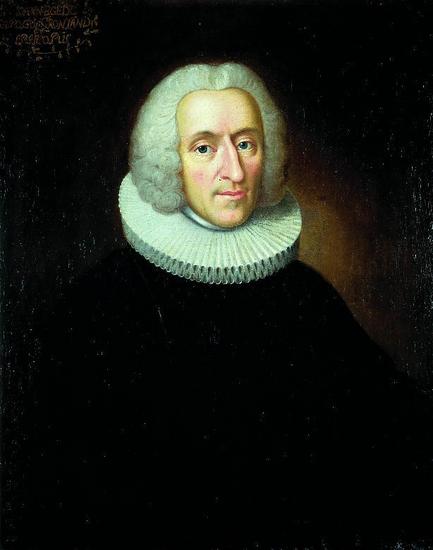
After a long search, he didn’t have any luck in finding any survivors, he only found the local Inuits. Egede knew that the Vikings had two settlements (Eastern and Western), but didn’t know their exact location.
In 1723, his expedition found the ruins of the eastern settlement, but he thought it was the western. Anyhow, there were no survivors and no clues about where they ended up and the question about their disappearance still remains open today.
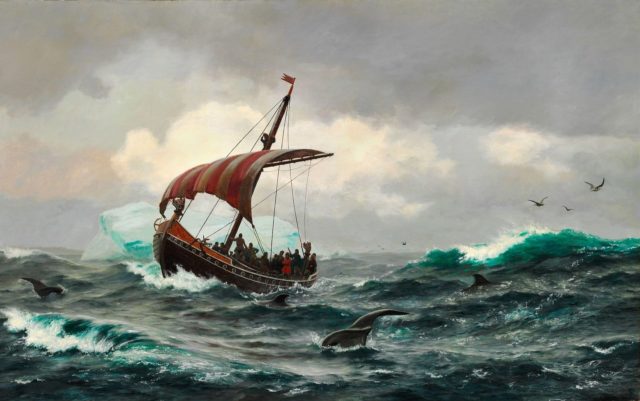
The Vikings, also known as the Norse, made their first journeys and established their presence west from their homeland, in Iceland, at the end of the ninth century. According to the Icelandic Sagas, an Icelander named Erik the Red sailed out from Iceland with a few ships and discovered Greenland in 985 AD.
Later the Norse established two big settlements on Greenland, with more than 3,000 people.Research shows that by 1450 AD, both of the settlements were abandoned and forgotten.

The first serious investigation into this case was made in the 1980s by the archaeologist Thomas McGovern.He concluded that the Norse demise happened because of their inability to adapt to the arctic life and continued with their old farming and herding habits, despite the short growing seasons.
With other words, the Norse were stubborn, they didn’t want to adapt and eventually they could no longer effectively produce food and tend for livestock on the depleted land. Scientists such as geographer Jared Diamond (University of California), claim that because the Vikings refused to learn how to traditionally hunt seals and fish from the Inuit, they ended up experiencing hunger.
This opinion can’t be completely accepted because even the evidence from the 1980s show that the Vikings consumed seals and fish. About 60% of the bones found in thrash heaps were seal bones.
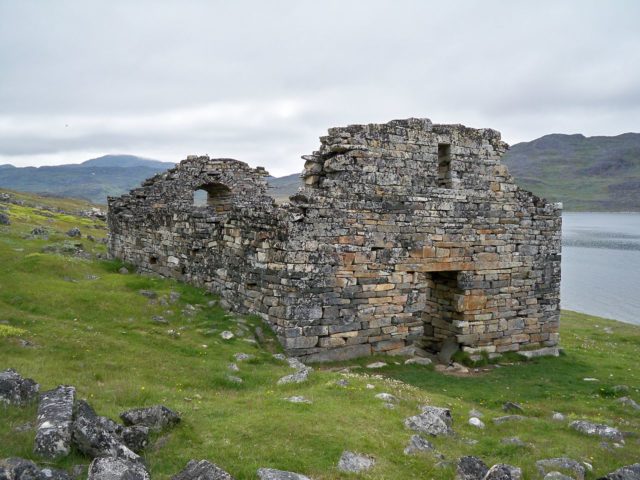
Old written accounts also show that the Norse went on long hunting journeys near Disko Bay (up to 1500 kilometers away from home), to hunt for walruses.
Walrus ivory was a valuable product back then and it seems that the Norse knew how to obtain it. As more and more evidence is revealed under the thick Greenland ice, a new understanding about the life of the Norse on Greenland is gained.
Initially, it was thought that they colonized the sub-arctic island searching for fresh farmland, but a fresh theory suggests that the hunt for walrus ivory is what really made them go there.
The walrus population in Iceland for example, was almost wiped out after the new settlers arrived. Ivory was highly desired across Europe and brought a huge fortune to the Vikings who were the largest exporter of this good.
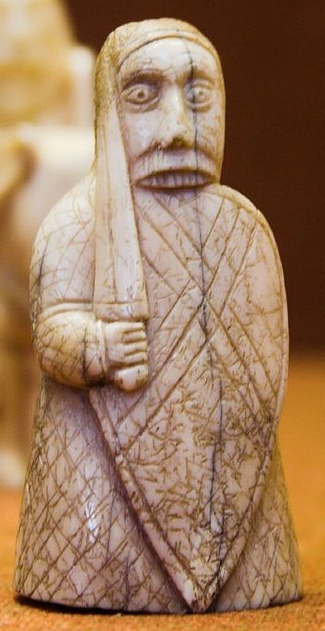
Chemical analyses on human bones from Norse graveyards in Greenland showed that their diet included marine animals, which proved that they weren’t only dependent on farming and livestock. In fact, the Vikings lived a long and sustainable life in the harsh environment for hundreds of years.
Their way of life started to change when the climate in those areas drastically changed. After the year 1250 AD, the global temperature declined for about a degree, during the period which scientists call “the Little Ice Age.”
The temperature drop caused troubles to every society that was dependent on the sea, and especially to those living near the Arctic Circle. Vikings were especially affected because they used to hunt seals and walrus on the open ocean around Greenland, while the Inuit hunted in the fjords, close to the shore.

The weather had an impact on farming too: the growing season became even shorter and the pastures became scarce. Norsemen tried to improve the situation by fertilizing, but their efforts were in vain.
This whole situation disturbed the balance in their whole community and it significantly decreased the ivory trade. The Norse found themselves in a desperate situation. According to this theory, the Norse Greenlanders were forced to abandon their settlements and return back to the mainland or move to Iceland.
This offers another explanation about the demise of the first Viking Greenlanders – one that doesn’t involve starvation and death.
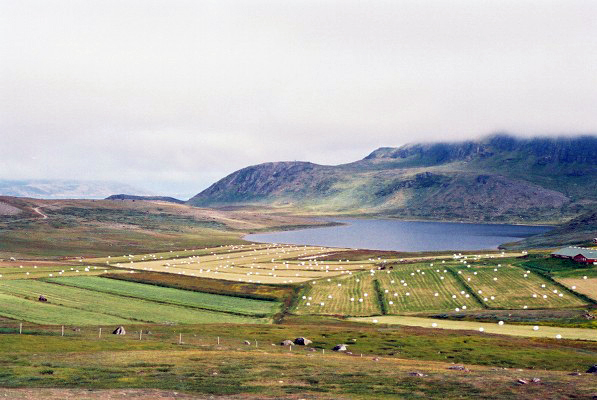
Even with these new discoveries in mind, archaeologists are still not 100% certain about what really happened and excavations at the old settlements still continue.Today, 500 years later, the settlements are under a new threat, but this time not from the cold.
More great viking history from us: 1,000-year-old Viking sword found lying on the ground in Iceland
Global warming is rapidly melting the ice layers on Greenland and unless the archaeological sites are not unearthed quickly, crucial evidence will start to decay.